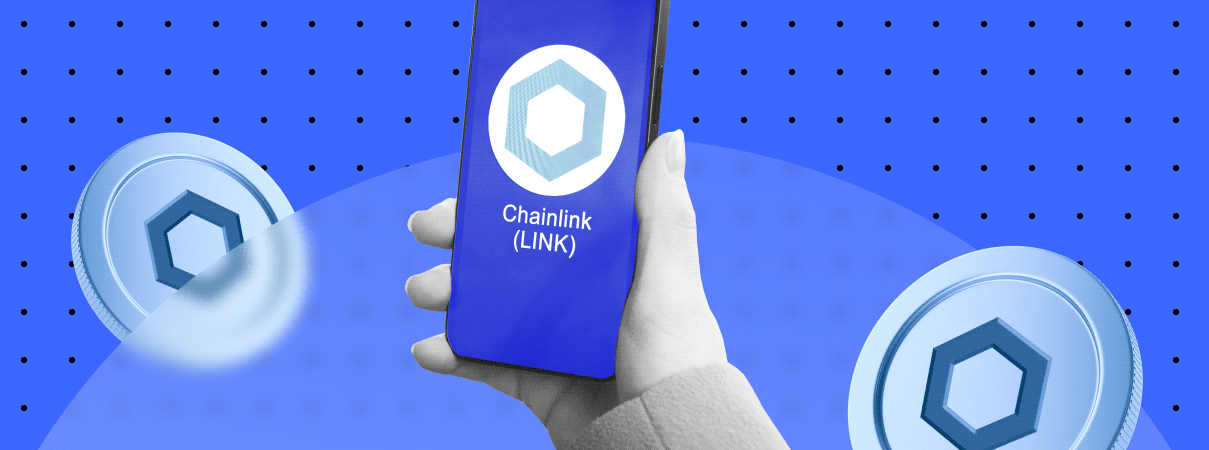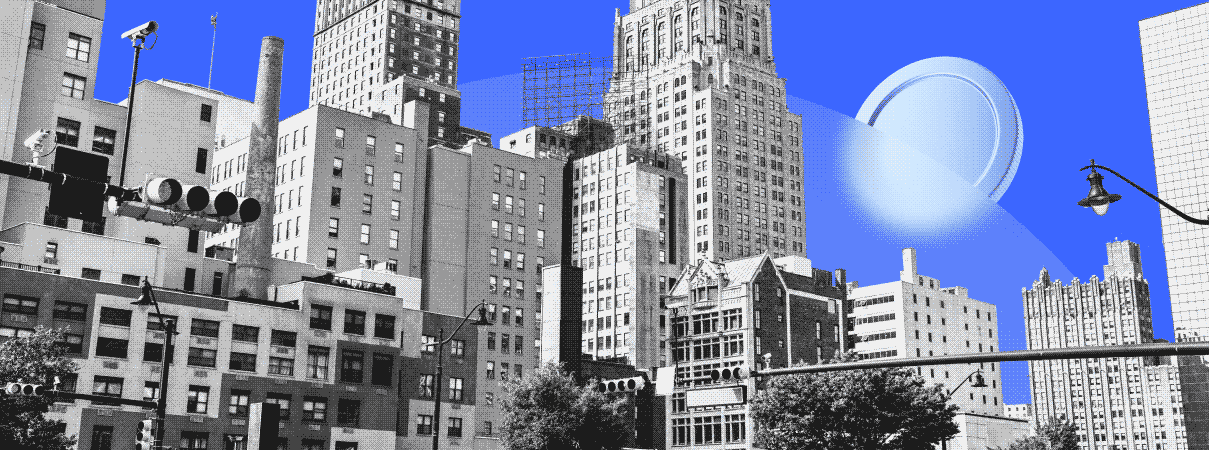Blockchain, the underpinning of cryptocurrencies, got an extra boost in 2022 as distributed ledger technology (DLT) took hold everywhere in the financial sector and became more widely adopted in other areas.
Let’s examine what blockchain innovations came to light in the past year.
Financial Sector

According to a Forbes report published in late 2021, blockchain technology was expected to grow in several areas in 2022, including projects in the fields of ecology and medicine, wider NFT adoption, the Internet of Things (IoT), and others. Although the listed areas have indeed contributed to the development of blockchain innovations, DLT was mainly used in the financial sector; for example, as a technological basis for central bank digital currencies (CBDC).
Studies showed a high level of interest in introducing DLT on the part of securities market participants. For instance, more than 20% of them expressed confidence that blockchain would form the basis for a shortened cycle of on- and off-exchange settlements.
The potential of blockchain was greatly appreciated by the public sector as part of financial management and fiscal policy formation. The use of DLT could provide the necessary level of transparency for using budget funds, making it possible to lower corruption among officials. In June 2022, Brazil launched a public blockchain network to simplify the government’s control of budget expenditures.
In early 2022, the Asian Development Bank (ADB) initiated a special blockchain project to facilitate cross-border securities transactions in the region. With a private blockchain network, the bank plans to speed up transaction processing, reduce transaction costs, and eliminate the risks of settlement errors. In May 2022, India’s National Securities Depository Limited (NSDL) rolled out a blockchain platform for monitoring securities and covenants. In April, the South African Reserve Bank, in cooperation with the Intergovernmental Fintech Working Group, successfully completed Project Khoka 2, which sought to bring blockchain into the banking sector.
DLT was also applied to government bond issuance in 2022. In June, one of the largest banks in the Philippines issued innovative local currency bonds based on blockchain. The digital infrastructure for such debt securities remained compatible with the traditional trading infrastructure, allowing the country to replenish the treasury by ~$209 million. And in November 2022, testing of an Israeli blockchain platform for trading state tokenized digital bonds began. This testing will continue until at least mid-2023.
Large private financial corporations also worked hard last year to create and improve products based on blockchain. For example, Visa and JPMorgan joined forces to optimize cross-border payments through DLT systems.
Government Initiatives
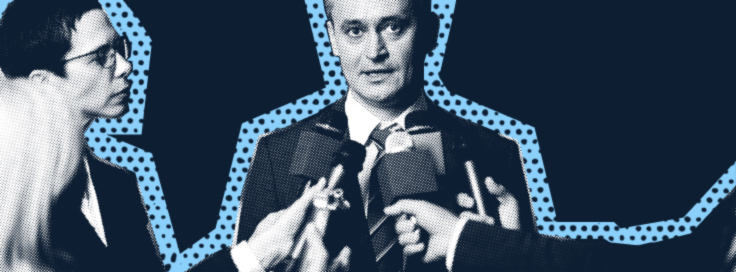
State agencies used blockchain technology beyond the financial sector to improve services for citizens and streamline governance processes.
Since 2022, the following initiatives have been launched:
- In January, Gibraltar authorities announced the migration of their entire government digital services system to blockchain, intending to enhance the speed and efficiency of bureaucratic processes.
- In March, Washington decided to create a task force to study the practical application of blockchain in commerce, services, industry, and other economic areas. The implementation of these plans could begin in late 2023.
- In April, two of South Korea’s largest banks announced plans to implement blockchain-based distributed identity authentication for military personnel. And in October, the country’s government initiated a blockchain platform for issuing digital documents instead of physical IDs to all citizens.
- In August, the police department in the Indian state of Goa said it would use blockchain to digitize all its records. The department plans to increase trust among citizens by ensuring transparency in records management.
- In October, Thai and Hungarian authorities signed a bilateral agreement to jointly explore DLT for further adoption by the countries’ financial sectors. The initiative is intended to provide a framework for direct financial cooperation.
- In November, the UAE financial regulator introduced blockchain in the operation of economic courts. The innovation is designed to reduce financial costs, accelerate the processing of claims, and enhance the country’s reputation as a leader in the digitalization of justice.
Supply Chain Tracking
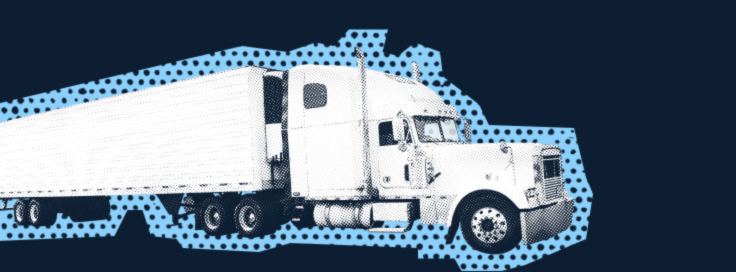
Blockchain technology was actively used as part of supply chain tracking in 2022. For example, DLT allows certain economic sectors in various countries to access additional funding, thereby stimulating their development.
The Indian government decided to implement blockchain in one of the country’s largest manufacturing industries, the cotton sector. DLT will be used to provide transparency in the supply of goods. The government plans to stimulate the growth of Indian cotton prices.
Blockchain is also being actively used in the gold mining industry. In March 2022, the London Bullion Market Association (LBMA) and the World Gold Council (WGC) commenced developing an international blockchain system for monitoring the extraction, storage, and transportation of gold bars. And at the end of the summer, the project was already deemed a key element for the standardization of monitoring procedures in the industry.
Real Estate

Research by Security Token Market showed that real estate led the way among securitized blockchain assets in 2022. Indeed, about 89% of all security tokens sold past year relate specifically to the real estate market.
On a global scale, many countries have been considering various solutions for blockchain land registration and record-keeping systems for several years:
- Sweden. A pilot project to evaluate potential blockchain applications for real estate and land deals in the country was launched in 2016. Yet, its realization is still under development.
- Brazil. In 2017, a blockchain project was initiated to explore the possibility of creating a SaaS platform for registering land transactions on behalf of companies and government agencies. The project was completed, but the authorities never moved on to practical implementation.
- India. In 2017, the country kicked off a pilot project to track the ownership of land plots based on blockchain technology. The project was finished a year later at the stage of collecting, digitizing, and analyzing data.
- Ghana. In 2018, the country’s government acknowledged the need to upgrade its existing land registration system and initiated a study of DLT-based accounting. Over the next two years, several pilot projects were launched involving various blockchain companies, but none of them were ever adopted as official.
- Georgia. The country’s blockchain land registration system was developed in 2019. It operates on the principle of a closed private blockchain.
- The United States. Blockchain systems for registering property rights in the country were implemented in several states. For example, Wyoming launched a corresponding blockchain platform in 2019. Pilot projects were also launched in Cook County, Illinois, and Vermont, where comprehensive multifunctional platforms for recording and registering rights based on open blockchain were created.
- The Netherlands. In 2018, the authorities initiated a project to modernize the national land registry based on blockchain and AI. In 2020, the government began searching for IT companies willing to implement the project.
- Japan. In 2021, the government initiated the development of a project to move land records and land rights registration to a single technological platform based on distributed ledger technology. The project remains in development to this day.
As for 2022, analysts recognized blockchain as the main driving force for developing and transforming the commercial real estate market. For example, technologies based on a distributed ledger may in the future contribute to the formation of a global real estate market, as well as simplify and accelerate all transactions in the sector.
In April 2022, the Colombian government voiced plans to use blockchain as part of the cadastral registration of land titles. Peersyst Technology and Ripple Labs were supposed to assist the authorities in implementing the project. Nevertheless, due to political disagreements in the country, the project never got off the ground.
In October 2022, representatives of the Ministry of Agrarian Policy and Food of Ukraine announced that the country’s land registry was moving to blockchain. The initiative was part of a global plan to create a national blockchain realty register. However, as of the end of the year, only the verification procedure for land registry extracts had been transferred to blockchain.
Furthermore, in late October, the Lagos state government in Nigeria announced plans to use blockchain to digitize farmland. The government initiative is intended to open up new financing opportunities for farmers. By 2025, it could boost the region’s agricultural sector by about $10 billion in revenue.
Medicine
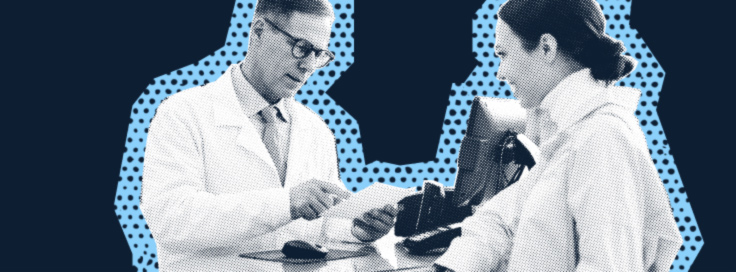
Blockchain also found its application within medical research and healthcare. Analysts claim that distributed ledger technology in medicine holds the potential to grow at least tenfold over the next ten years. For instance, the market for medical blockchain projects was $531 million in 2021 and is expected to reach $16.3 billion by 2031.
Some of the medical blockchain projects that have been implemented include the following:
- Health Chain. An American project based on the EOS blockchain network, which allows users to store and process information from medical records.
- Iryo. Slovenian blockchain platform for controlling and storing medical records.
- CareX. A blockchain project for health tourism. Using internal digital currency, patients can access their medical records and pay for necessary health services in any country.
- SmartHealthCareToday. A blockchain platform for storing electronic (EHR) and personal (PHR) medical records, as well as any other information about a patient’s health.
- eClinical. An American blockchain platform for storing and processing results of clinical studies of pulmonary hypertension.
- Zenome. A blockchain project for sequencing and analyzing human genetic sequences, aimed primarily at standardizing genetic research and reducing its cost.
There are numerous medical projects that use blockchain technology because it provides many different options for storing, managing, and transferring healthcare data.
Ecology
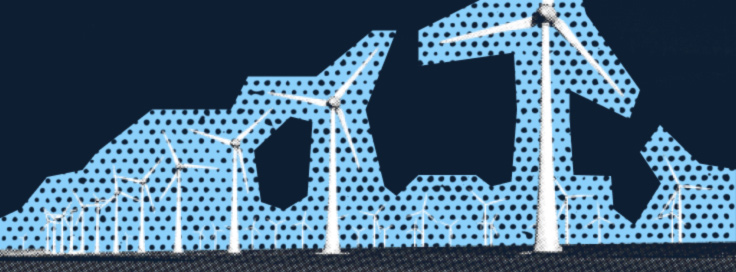
There have been several global studies on the environmental impact of blockchain in 2022. Crypto mining became greener, as about 60% of the energy required began coming from renewable sources.
Environmental issues are of concern to the crypto industry outside the context of mining. For example, in June 2022, a global initiative was launched to create a carbon monitoring system based on open-source blockchain. The technology monitors the carbon footprint of large industries in real time.
Blockchain was applied to improve the sustainability of civil aviation. For this purpose, the blockchain platform Avelia was created in July 2022 to bring together providers of sustainable aviation fuel (SAF) carbon credits in a single ecosystem. Blockchain makes it easier to control fund flows and avoid double counting of emission reductions.
In October 2022, several international organizations developed MOIs, tokenized green bonds. These are carbon credit derivatives issued on a DLT basis. The initiative is designed to make the market for tokenized carbon credits more accessible to users.
Other blockchain projects with environmental protection as their goal include:
- WePower. A blockchain initiative for green energy trading.
- Plastic Bank. A blockchain-based fundraising platform to encourage recycling and reduce plastic pollution in the ocean.
- Power Ledger. A blockchain platform for investing in renewable energy and trading “clean” energy.
- Electron. An initiative that enables digital infrastructure for the energy industry, with blockchain technology at its core, to simplify decarbonization and lower overall energy system operating costs.
- Sun Exchange. A blockchain platform that facilitates the transition of various organizations to solar energy.
The diversity of solutions based on distributed ledger technology to address environmental issues is growing daily. Such projects primarily focus on providing additional funding for various ecological programs and allowing a wider range of investors to participate in global initiatives to preserve the world’s ecosystem.
To summarize, it’s hardly possible to describe all the existing projects related to blockchain innovations, given their vast array. In turn, this trend is directly related to the growing popularity of DLT. That’s why we’ve highlighted only the most prominent examples of distributed ledger technology applications from 2022 and earlier.
Note that DLT is most active in the Asia-Pacific region, with more than 25% of startups related to blockchain in 2022. China has the highest potential to become a leader in blockchain development — the country accounts for over 80% of the global number of patent applications in this area, and China already has more than 1,400 blockchain companies.
Analysts predict that the global blockchain market could increase by 1,337% over the next eight years. The active implementation of DLT in business processes will allow this market to reach a $69 billion cap by 2030.



